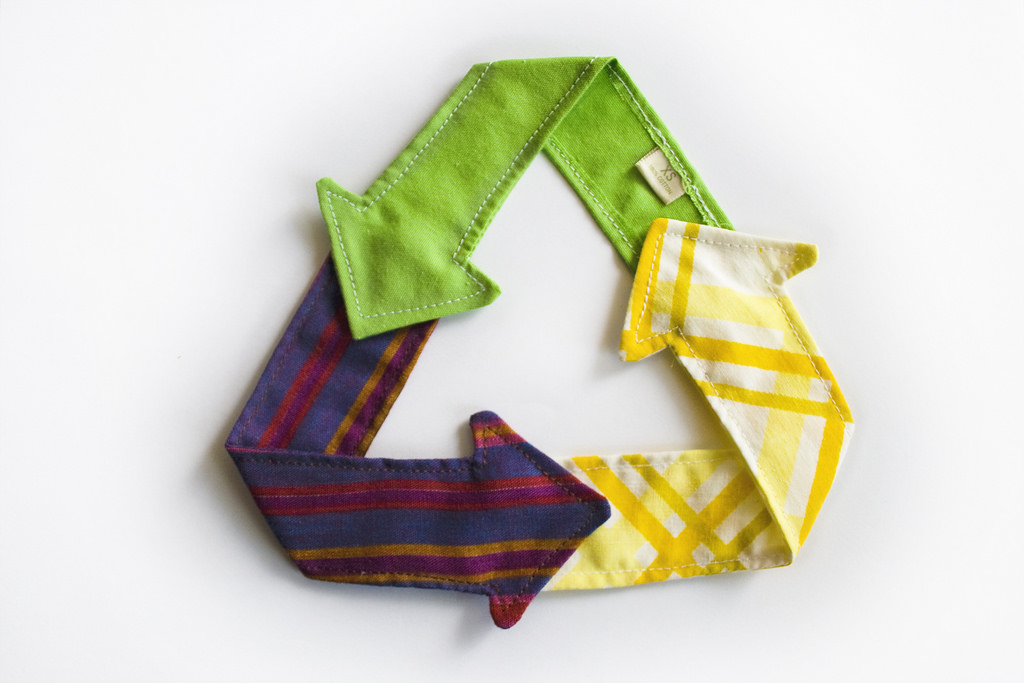Baby clothing market to grow USD 33.8 billion 2024-2028, driven by safety and comfort awareness.
The global baby clothing market is poised to grow by USD 33.8 billion from 2024-2028, driven by heightened awareness of baby safety and comfort. The market is projected to achieve a CAGR of 8.07% during this period. Emerging trends include the introduction of biosensor-based baby apparel, although the leasing of baby products presents a challenge. Major players include Adidas AG, Bed Bath and Beyond Inc., Brainbees Solutions Pvt. Ltd., Burberry Group Plc, Capri Holdings Ltd., Carters Inc., Cotton On Group, Gerber Childrenswear, H&M Hennes & Mauritz GBC AB, Hanesbrands Inc., Katif Apparel, Mothercare Plc, NG Apparels, Nike Inc., Ralph Lauren Corp., Royal Apparel, Sudarshaan Impex, The Children’s Place Inc., The Walt Disney Co., and Truworths.
Modern and innovative designs
The baby clothing sector has seen substantial growth due to innovations in smart apparel. Biosensors embedded in baby garments detect infant movements and transmit data to parents’ smartphones for monitoring. It introduced wireless pajamas in 2021 that monitor breathing and sleep patterns with customizable patterns and alert settings. Brands are also offering wearable smart buttons that monitor breathing, movement, position, and temperature, driving growth in the global baby clothing market.
The baby clothing market is witnessing significant growth driven by parental demand for modern and innovative designs. Popular items include socks, shoes, and underwear made from comfortable, breathable materials like cotton. Smart clothing that regulates temperature and wicks moisture is also in demand. Fun prints featuring animals and cartoon characters are trending, alongside practical designs like easy-on, adjustable sizes. Overall, the market caters to the diverse needs and preferences of parents and children alike.
Organic and eco-friendly materials
The baby clothing market faces challenges such as the rising popularity of renting or leasing baby apparel, driven by environmental concerns and cost considerations amid declining disposable incomes post-COVID-19. There is also growing consumer preference for organic and eco-friendly materials like cotton, though sourcing these materials can be challenging and costly. Competition is intense, requiring companies to offer variety, affordability, and keep up with fashion trends while ensuring product safety and regulatory compliance. These factors necessitate a strategic approach for success in the competitive baby clothing industry.








